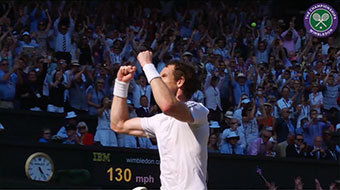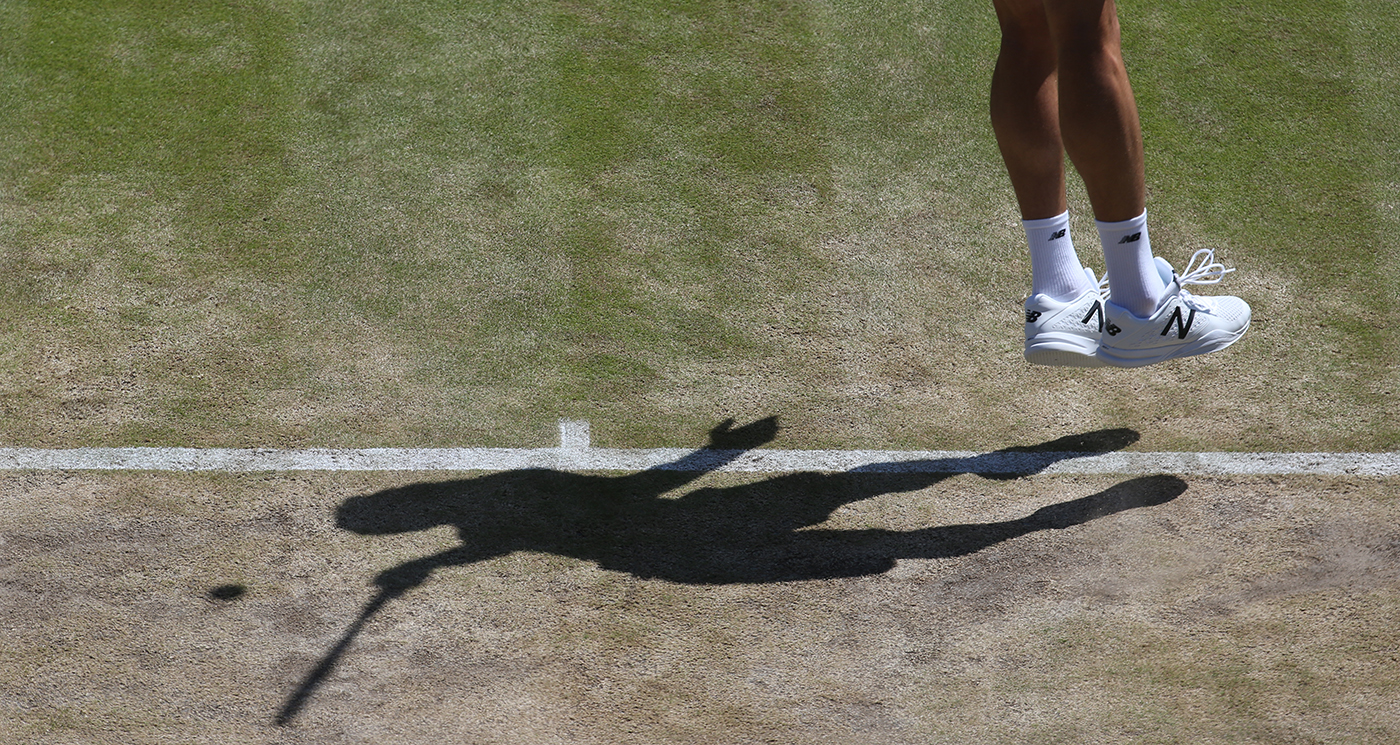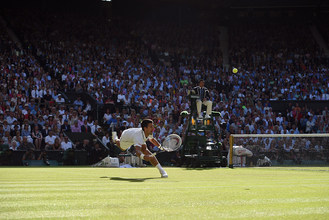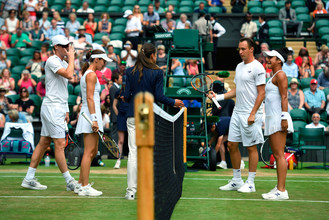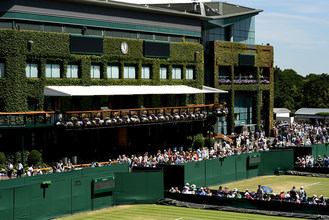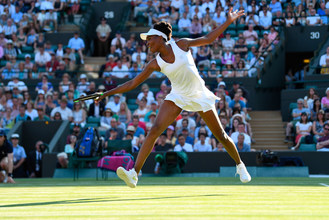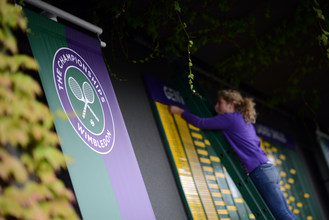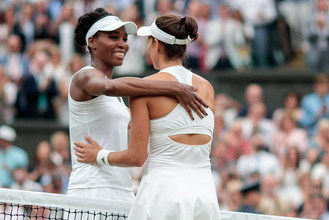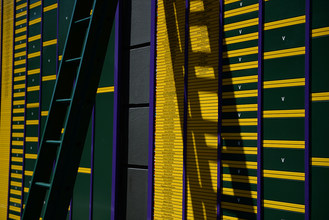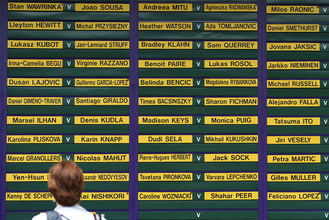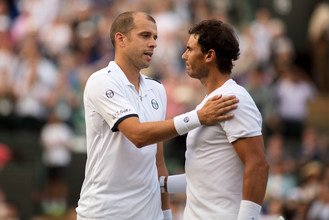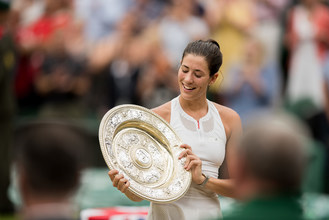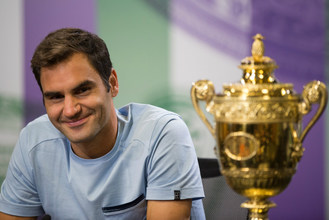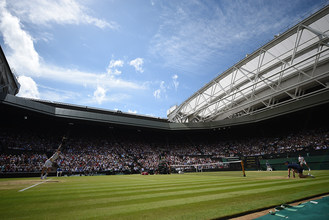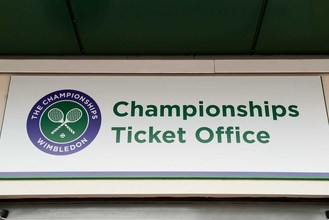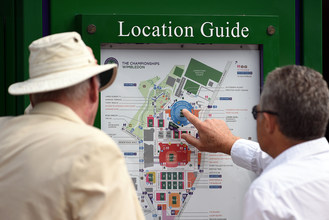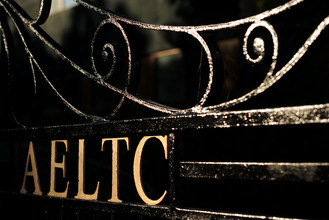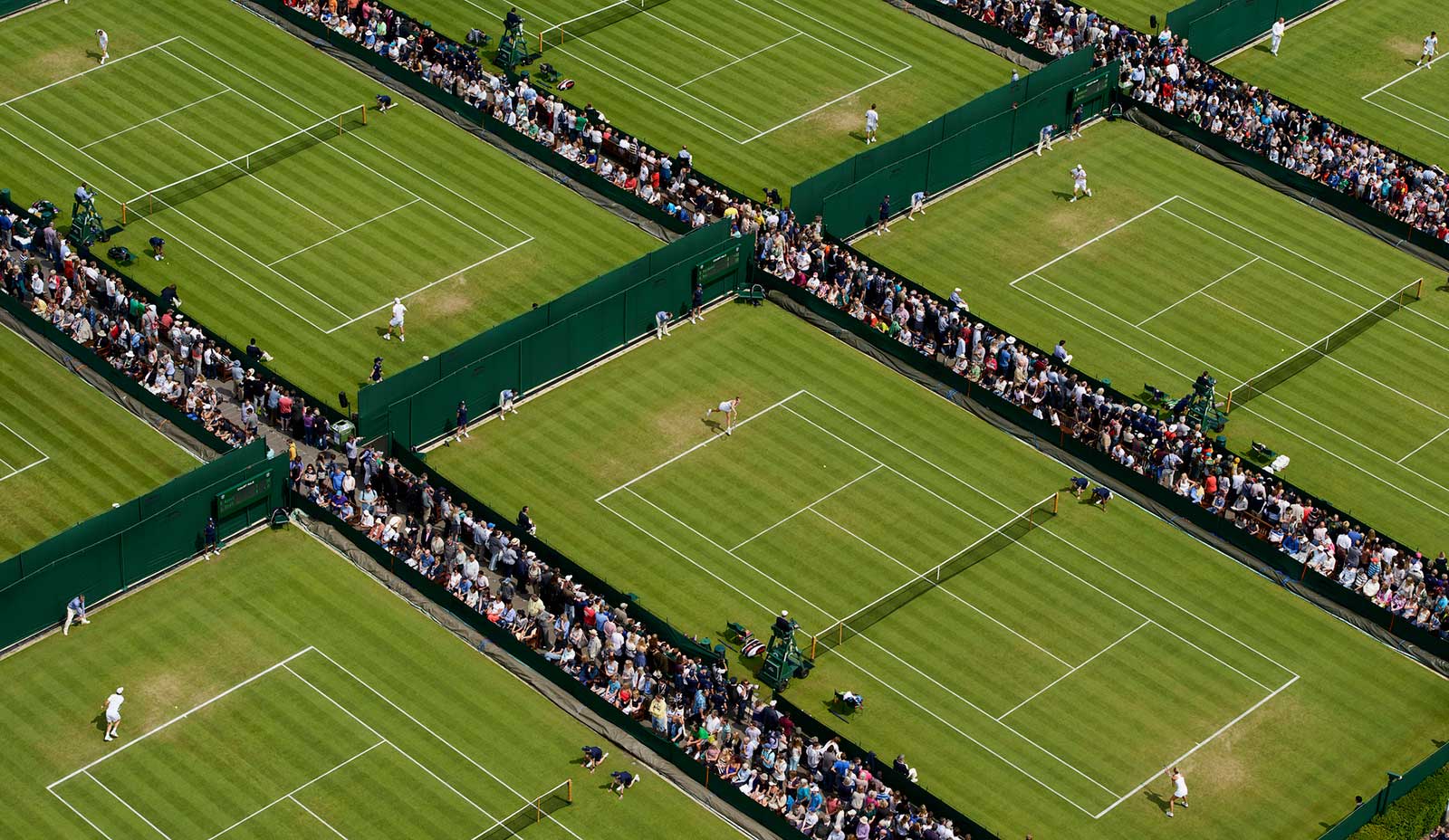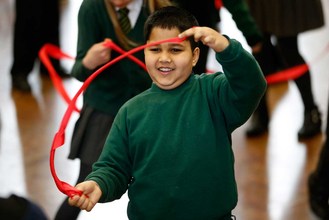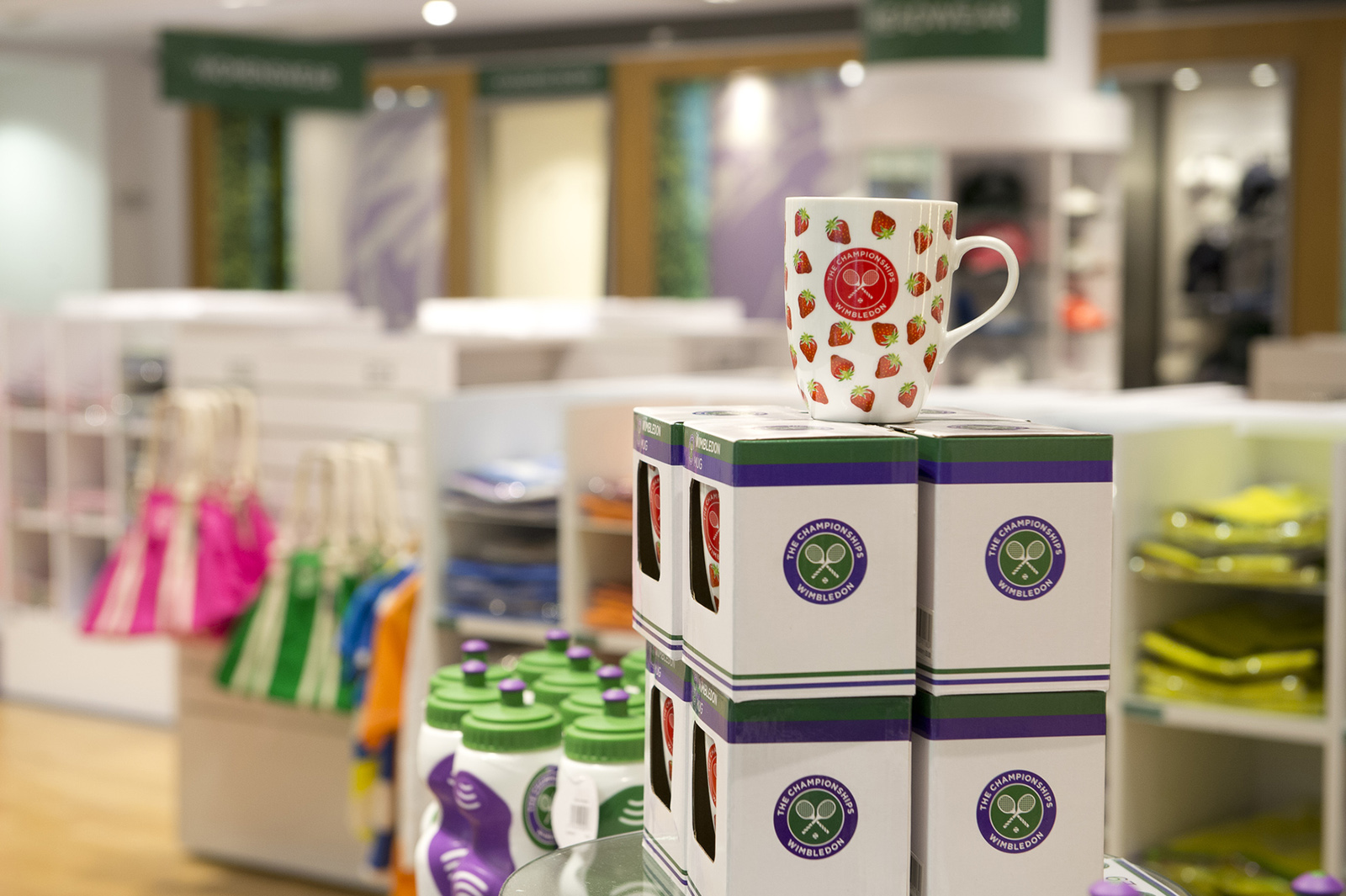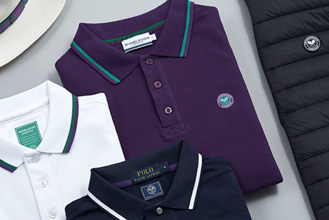Follow the latest news and scores from Wimbledon 2016 on Wimbledon.com or Apple TV, or download the official IOS or Android apps for smartphone and tablet
Experts are calling it the “McEnroe effect”.
A serve-volleying Milos Raonic has progressed to the Wimbledon semi-finals for the second time in his career and, with a high-profile coaching consultant in three-time Wimbledon champion John McEnroe, the Canadian can arguably boast more credentials as a contender this time around.
“I was out at practice this morning at Aorangi and McEnroe was standing beside Raonic and Raonic was serve and volleying against Carlos Moya for over 30 minutes,” said Craig O’Shannessy, who analyses statistics and playing patterns for a range of tennis channels, including Wimbledon live.
“So they’re practising and each time they’d come back, John would give him a little advice, he’d talk to him about patterns. Milos looked very comfortable serving and volleying.”
That’s unsurprising given the statistics that the No.6 seed has amassed this Wimbledon. Winning 99 of 133 serve and volley points for the tournament, Raonic’s 74 per cent success rate is third for The Championships, behind Dustin Brown and Ivo Karlovic.
On his previous run to the Wimbledon semi-finals, in 2014, Raonic serve and volleyed only 33 times, winning on 25 occasions. Clearly a new grass court weapon in Raonic’s arsenal, it makes his big serve an even bigger problem for opponents – and Roger Federer is especially likely to feel the effects in a repeat of the pair’s 2014 semi-final.
“I think it’s a great pattern,” said O’Shannessy. “I think it’s a really good smart play because at some stage the No.1 focus in Federer’s mind is how do I break Raonic? And this is just another weapon to keep Federer away and to stop him breaking him. The winning percentage is off the charts.”
A further concern for Federer is a dip in his own winning percentage from the baseline. This year, the seven-time champion has won 48 per cent of the points from that part of the court; in both 2014 and 2015, Federer had won 52 per cent until the final against Novak Djokovic.
“He’s not as good as from the back of the court this year,” O’Shannessy noted. “The only thing is that you can say that there is not going to be as many back of the court points against Milos, but when they are he must win those points. He must be at least 55 per cent in this semi-final when they go to the baseline.”
The backhand is a stroke that Raonic may look to exploit. Federer’s backhand forced errors currently sit at 119 and as O’Shannessy points out, “that means when the opponent puts the backhand under pressure they’re able to extract errors”.
Still, that’s a potential strategy for Federer too. “Both these guys are looking to do everything they can to get that golden break of serve. For Milos it’s returning – make them hit the volley by the height of the net and pass on the second shot. If the server stays back, then find the opponent’s backhand immediately.
“So Roger traditionally has a much lower winning percentage when he goes serve and a backhand than when he goes serve and a forehand. MIlos is exactly the same. Find the guy’s backhand and make them hit consecutive backhands, then try and make them hit a backhand pass. That’s where that match will be won or lost.”

